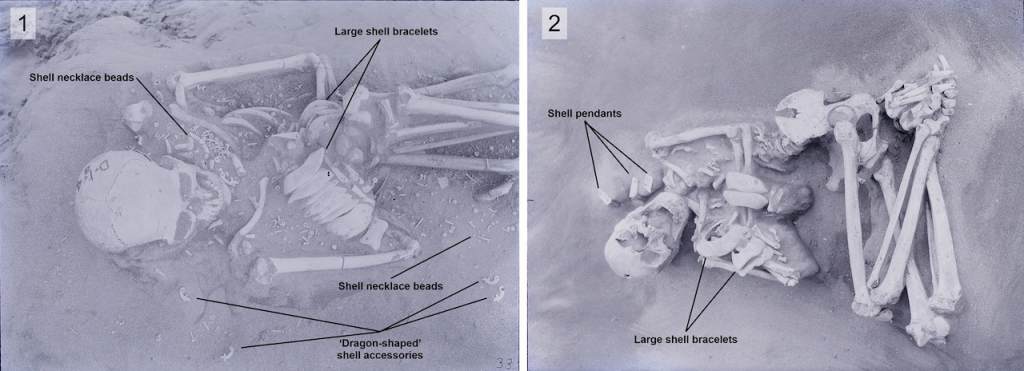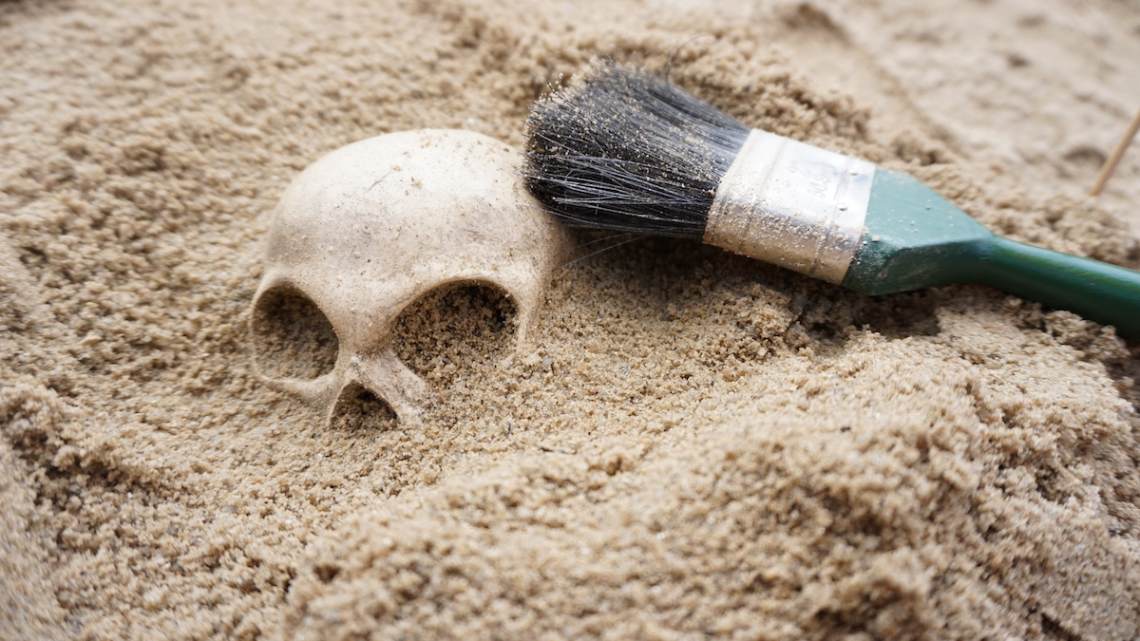1,800 years ago, the Hirota people of Japan performed intentional cranial modification (ICM) on children, according to researchers from Kyushu University and the University of Montana. The practice, which took place between the third and seventh century CE, also occurred among other ancient civilizations on earth.
Spectacular Skull Findings
The study, published in the journal PLOS ONE, reveals that both males and females were subjected to ICM. The practice, which took place prior to written history, involves pressing or bounding the head to deform the skull. People believe that the activity took place to mark a person’s group affiliation or social status.
Noriko Seguchi of Kyushu University’s Faculty of Social and Cultural Studies explained in a statement that there is a large-scale burial site in Tanegashima where the Hirota people lived 1,800 years ago. He noted, “This site was excavated from 1957 to 1959 and again from 2005 to 2006. From the initial excavation, we found remains with cranial deformations characterized by a short head and a flattened back of the skull.”

Image credit: Seguchi et al., PLOS ONE, 2023 (CC BY 4.0)
Until recently, researchers were not certain if the skull modifications were performed on purpose. Using 2D images, researchers analyzed the shape of the skulls’ outline. They also used 3D scans of the surface areas. The team compared the information from the Hirota people to that of the Doigahama Yayoi people in Western Yamaguchi and the Jomon people from Kyushu Island. They analyzed the contours and shapes of the different skulls.
The Results?
The results “revealed distinct cranial morphology and significant statistical variability” between the various people, according to Seguchi. He added, “The presence of a flattened back of the skull… along with depressions in parts of the skull that connects the bones together” strongly suggested intentional cranial modification.
The anthropologists and archaeologists cannot pinpoint exactly why the Hirota people deformed their skulls; however, they believe it helped identify them as a part of a specific group of people. The practice may have aided in long-distance trade of shellfish.
The study asserts: “It is possible that cranial deformations were performed to create a group identity and facilitate trade of these shell goods.”

Image credit: Seguchi et al., PLOS ONE, 2023 (CC BY 4.0)
Want More?
Take a deep dive into Ripley’s spectacular skull content. Learn all about the bound skull! On the island now known as New Britain within the Bismarck Archipelago of Papua New Guinea, skull binding was once a common practice. It typically occurred shortly after birth, usually after an infant’s first bath.
Don’t miss the skull bowl! Some societies used the bones of their ancestors for special rituals. In Tibet, people crafted traditional skull bowls using the scavenged remains of ancestors from sky burial sites. These bowls served as offerings to the mountain deities.
Gawk at a ram’s skull encased in a tree trunk: Ripley’s has a dozen ram skulls decorated with jewels from the remote Himalayan mountains of Tibet, but the most interesting ram skull in our archives is fully encased in the trunk of a 200-year-old tree!
Want to get up close and personal? Visit a Ripley’s Believe It or Not! location near you to see the odd in person! You might even see a skull or a mummy!
By Noelle Talmon, contributor for Ripleys.com









